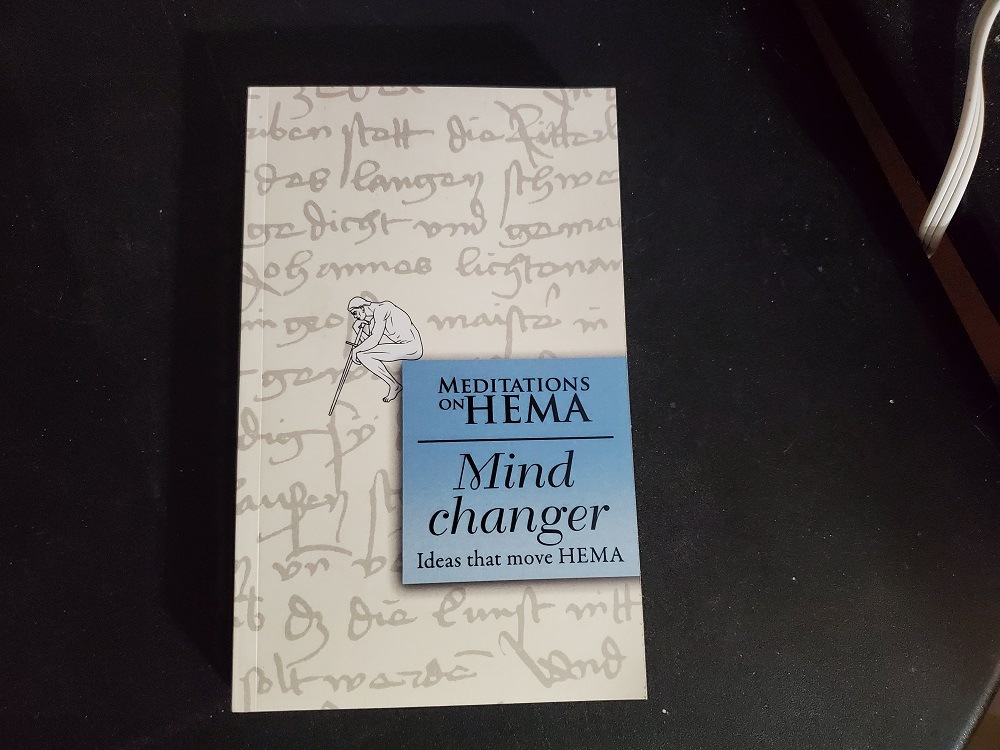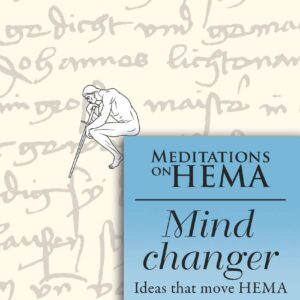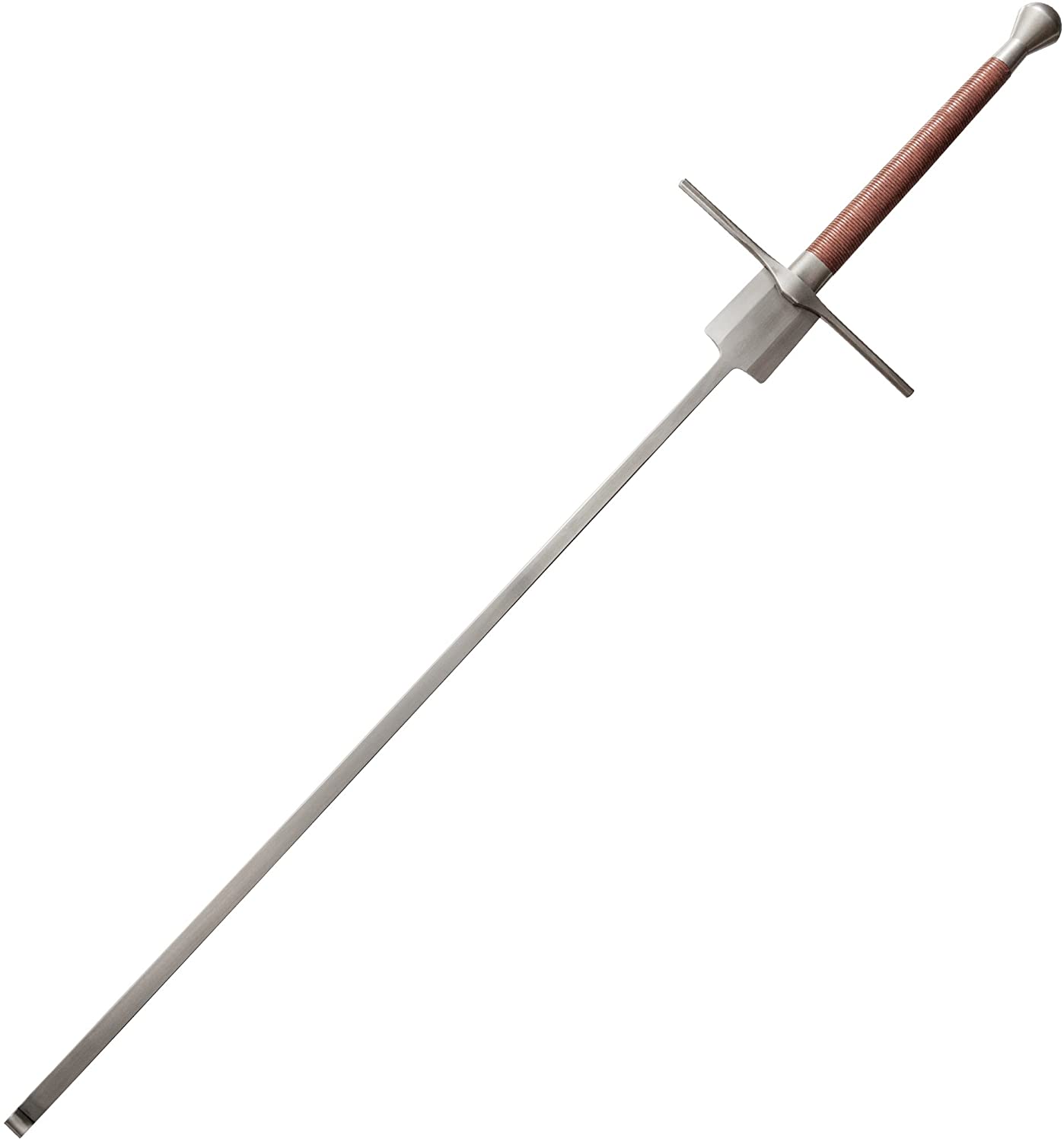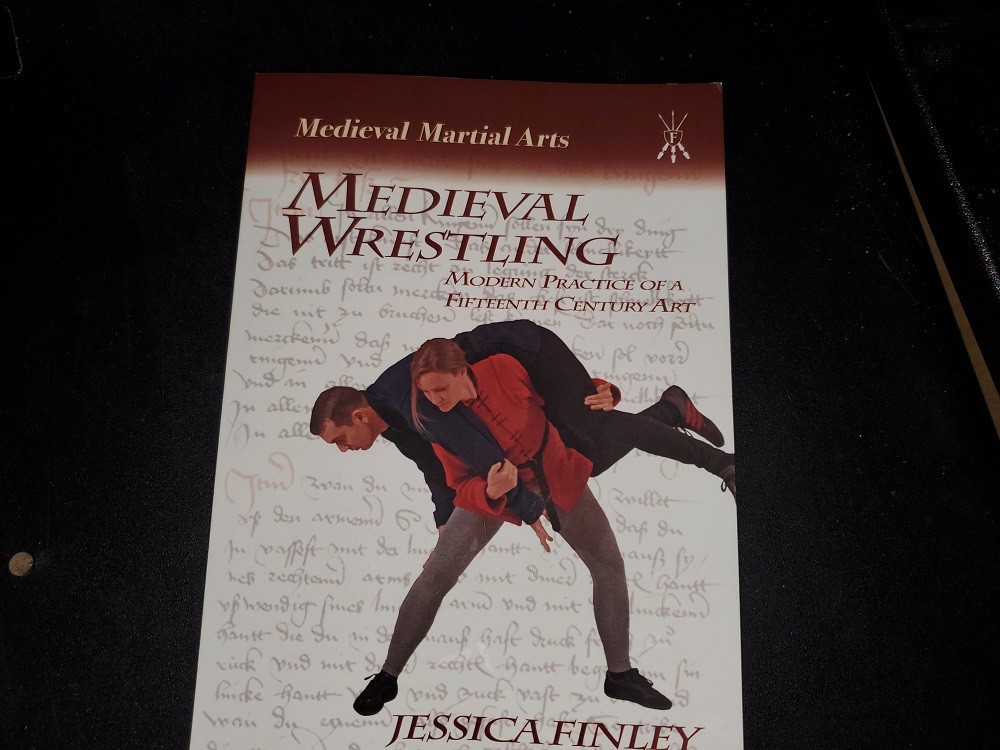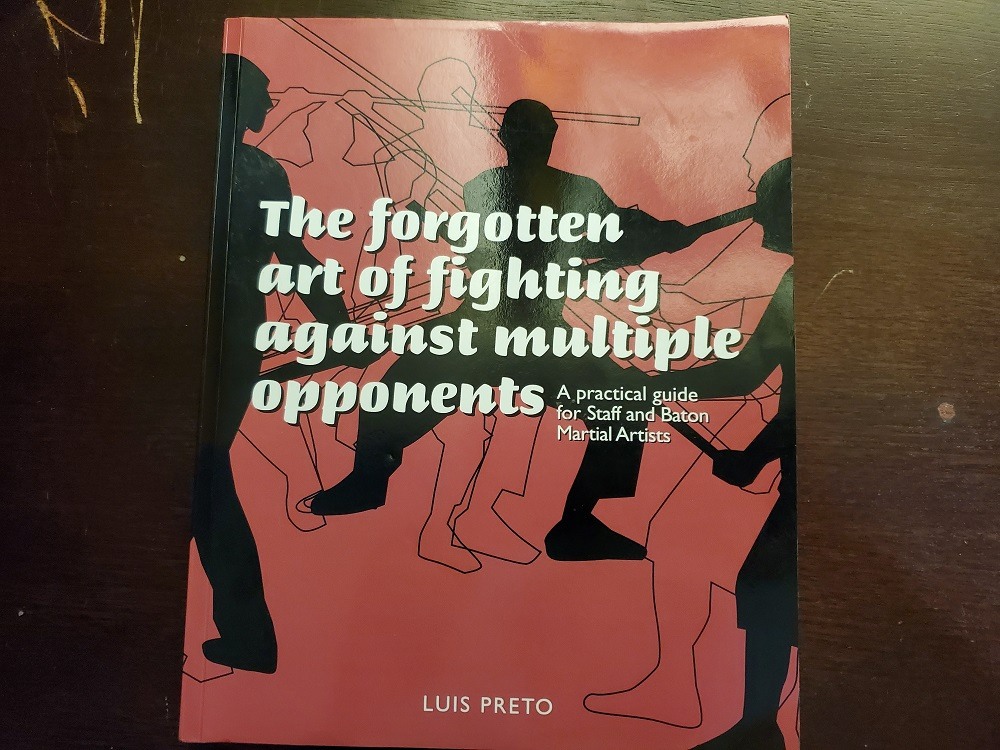This is a book review for Meditations on HEMA: Mind Changer, Ideas that Move HEMA published by BL Books. Published in 2020, Meditations on HEMA is a compilation book featuring essays from numerous instructors in the Historical European martial arts community, organized and edited by Herbert Schmidt.
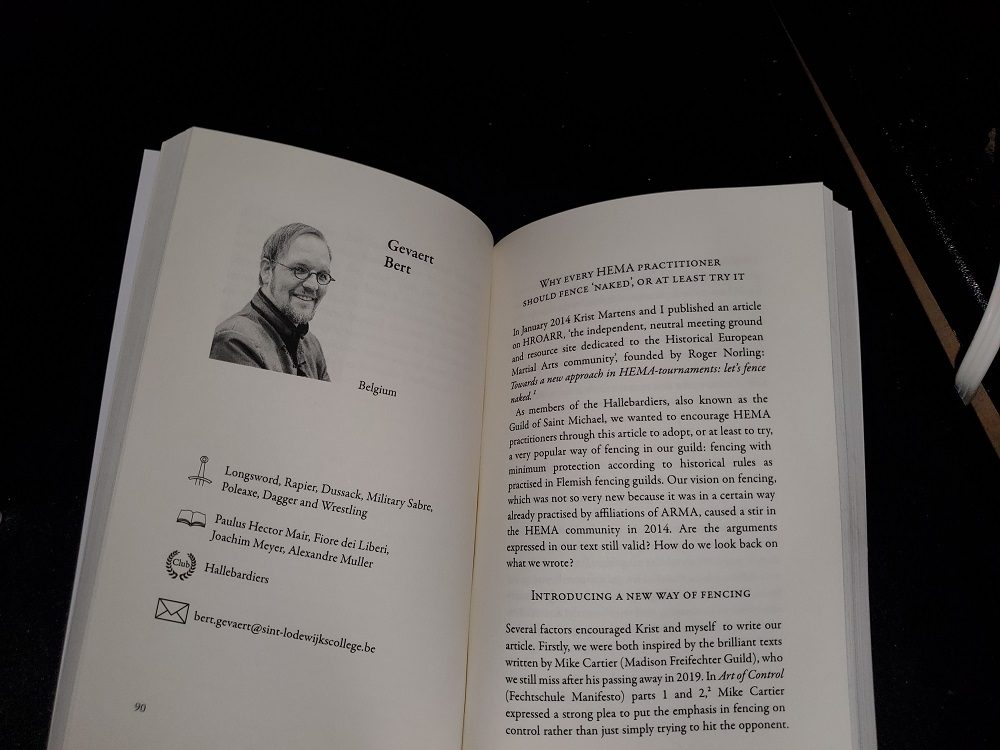
Each essay begins with a small fact sheet providing some general information about the weapon styles the author practices and the schools they teach at.
The book features 31 essays from experts across the global HEMA community who share their thoughts, philosophies and insights on the modern HEMA movement. Authors featured in the book include David Casserly, Franck Cinato, Marco Danelli, Dean Davidson, Stefan Dieke, Martin Enzi, Keith Farrell, Philipp Fehringer, Falko Fritz, Jürg Gassmann, Bert Gevaert, Jan Gosewinkel, Dierk Hagedorn, Stephen Hand, Mark Hillyard, Antti Ijäs, Alexander Kiermayer, Andreas Klingelmayer, Cor Kronenburg, Gregory Mele, Emanuel Meyer, Ken Mondschein, Senil Özgen, Adam Roylance, Rob Runacres, Herbert Schmidt, Johanna Sonnex, Roman Vučajnk, Sean Wauters, Guy Windsor and George Zacharopoulos.
While the theme of the book is stated to be based around the idea that each essayist is to answer the question, “What have you changed your mind about in HEMA, and why?” the actual topics of each essay range widely. Some authors chose to instead use the book as a platform to share their personal philosophies, or advocate some new scope of research. While the table of contents of the book lists only the names of the authors themselves and the pages their essays can be read on, the title and theme for each essay which diverged from the main topic are as follows,
- ‘Minimizing the Risk of Concussions and Moving for Joy’, by Keith Farrell
- ‘HEMA – A Social Science‘, by Fritz Falko
- ‘Why Every HEMA Practitioner Should Fence Naked or at Least Try It‘, by Gevaert Bert
- ‘I Used to Be the Instructor‘ by Hagedorn Dierk
- ‘Maybe They Got It Right’, by Antti Ijäs
- ‘Fast and Furious or Chess With Swords?’, by Andreas Klingelmayer
- ‘The Power of Fear and Threat in HEMA‘, by Cor Kronenburg
- ‘A Fighting Necromancer’s Spellbook, Or Learning What You Don’t Know: The Imperatives of Context in Historical European Martial Arts‘, by Gregory Mele
- ‘You Are Doing It Wrong‘, by Emanuel Meyer
- ‘Existential Philosophy and Historical European Martial Arts or a Response to My Critics,‘ by Ken Mondschein
- ‘Surviving HEMA, or How to Play the Long Game‘, by Rob Runacres
- ‘How Many HEMAist Does It Take to Change a Light Bulb?’ by Roman Vučajnk
- ‘About Mind Changers and Eye Openers‘, by Sean Wauters
- ‘Whose in Charge, Really?‘ by Guy Windsor
Also worth noting is Hillyard Mark’s untitled gonzo-esque essay about revelations he made while reconstructing the works of George Silver.
While many of these titled essays can in a round-about way be regarded as an answer to the question of how their opinions on HEMA have changed, some of them, such as the essays by Mele and Mondschein, can be more properly considered follow-ups to other essays they have written over the years, providing an update to their current area of academic interest in regards to HEMA. Nevertheless, each essay provides a snapshot of where each instructors current interest in their studies and efforts to promote the growth of HEMA currently stand, and in this regard can be lightly representative of the broader HEMA movement.
One of the reasons I chose to include the titles of essays is to give a more clear picture of what types of subjects are discussed. If grouped more simply, many of the essays are centered around discussions of how the instructor integrates history, or at least is guided by history, in their training approach. Some of them are also personal stories about their roots in HEMA and how they progressed over time in their approach, and what deeper meaning they find in HEMA presently. The book is interesting because it provides a snapshot of where many instructors minds are at with HEMA, and if compared to a similar publication like say a modern sport fencing magazine with many instructor contributions, shows a very different focus. Whereas the modern sport fencers are very fixated on writing about sport training approaches relevant to the rules of competition used today, and discussing current events around the competitions, this book shows most people in HEMA (at least as represented by these essay authors) are trying to still find a consistent method to approach training and are more focused on the martial art aspect of this as a goal (the search for deeper, more personal meaning) than the sport aspect of it. The most interesting thing is probably how different people overlap the experimental archeology aspect of HEMA with the martial art / personal meaning aspect.
If you’re looking for a book to read that provides a snapshot of the present state of the HEMA community, Meditations on HEMA is an excellent purchase.
****
If you’d like to learn more information about historical European martial arts fencing practices please check out our Learn HEMA page for a guide to learning about the historical weapon that interests you. You can also find more guides we’ve written about other topics at our Helpful Guides page. You can also join the conversation at our forums or our Facebook Group community.
